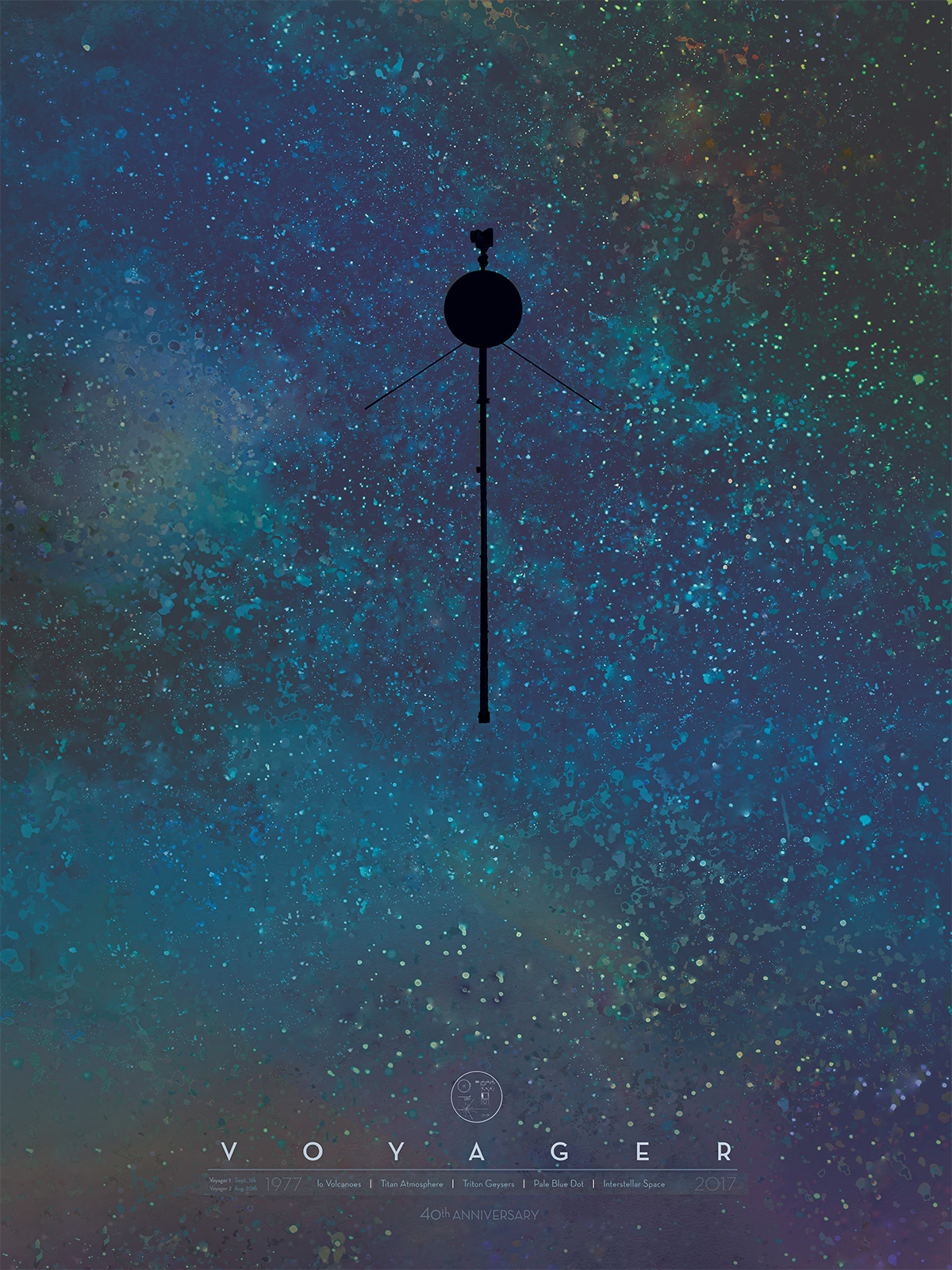Interstellar Mission
The Voyagers have enough electrical power and thruster fuel to keep its current suite of science instruments on until at least 2020. By that time, Voyager 1 will be about 13.8 billion miles (22.1 billion kilometers) from the Sun and Voyager 2 will be 11.4 billion miles (18.4 billion kilometers) away. Eventually, the Voyagers will pass other stars. In about 40,000 years, Voyager 1 will drift within 1.6 light-years (9.3 trillion miles) of AC+79 3888, a star in the constellation of Camelopardalis which is heading toward the constellation Ophiuchus. In about 40,000 years, Voyager 2 will pass 1.7 light-years (9.7 trillion miles) from the star Ross 248 and in about 296,000 years, it will pass 4.3 light-years (25 trillion miles) from Sirius, the brightest star in the sky. The Voyagers are destined—perhaps eternally—to wander the Milky Way.https://voyager.jpl.nasa.gov/mission/interstellar-mission/


- Clyde Tombaugh (February 4, 1906 – January 17, 1997), American astronomer and discoverer of Pluto in 1930. A small sample of Tombaugh's ashes are aboard New Horizons, the first spacecraft to attempt to pass by and photograph Pluto. This is the first sample of human cremated remains which will escape the solar system to travel among the stars.[33]
No comments:
Post a Comment